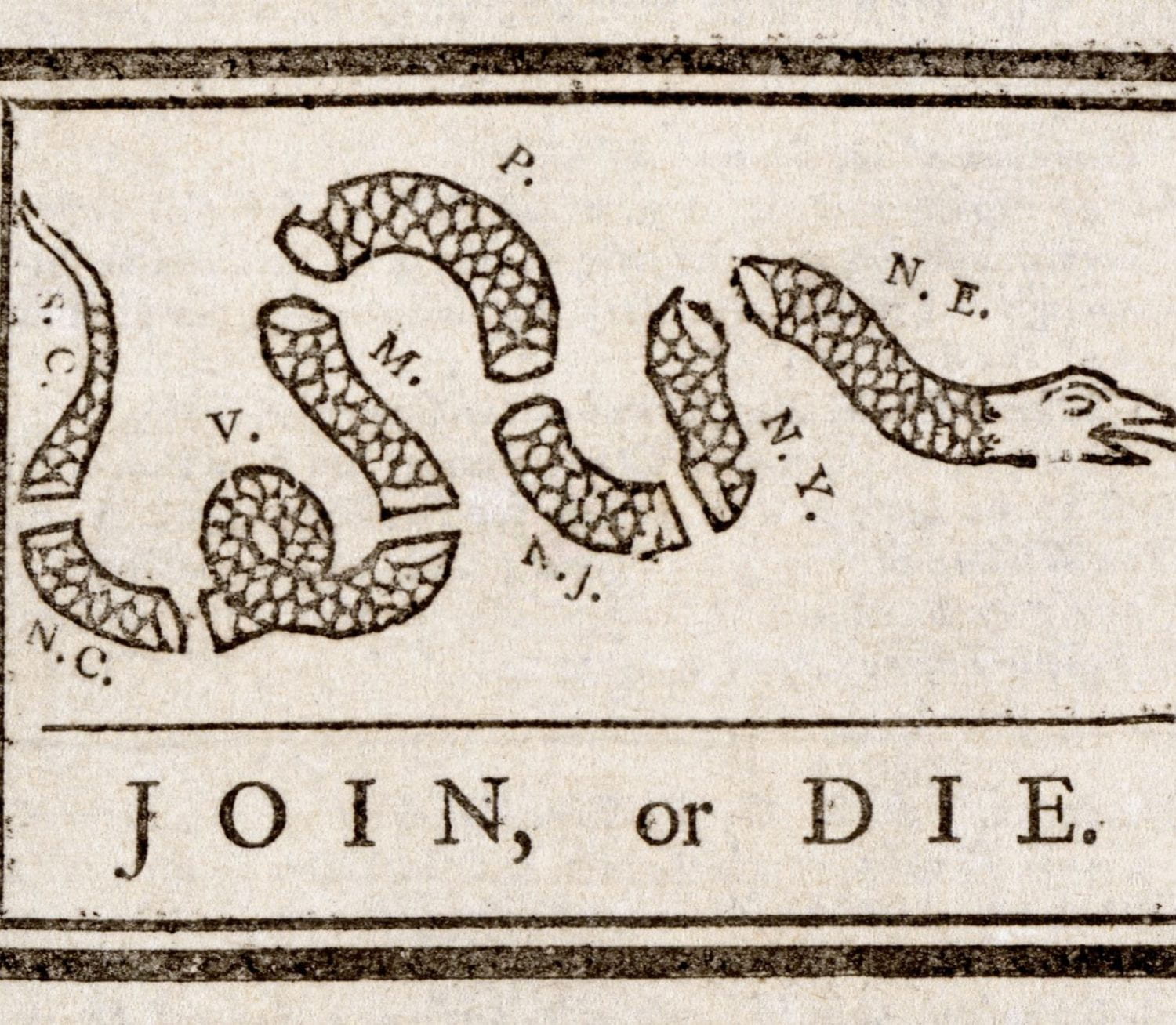by Michael Stein
I used the Digital Public Library of America database, which was super easy to look through. I’m very interested in Judaism, especially in the early American South, and I wanted to look at the images about Judaism that would pop up. I found two that interested me specifically:
“Gemaskerd bal, by gelegenheid van het Joodsche Purim-Feest,” in English “Masked ball, on the occasion of the Jewish Purim Festival,” which is a Dutch piece by Pieter Wagenaar, Jr., dated 1780. (left)
and
“A Rabbi dressed for Prayers,” dated 1816, by a man named T. Hamilton, who was probably just the publisher. (right)


These were both engravings, but nearly forty years apart. I sort of assumed that the pictures I might find relating to Judaism would be negative and stereotypical, but it seemed like these pieces are just outsiders trying to understand the social practices and customs of Judaism. The first piece is relevant because it’s on Purim, which just happened this past week. It shows a beautiful scene of a magnificent party, men and women all dancing by candlelight. I will say that it looks a bit creepy, just because it’s in the dark and the way the dancing is drawn looks a bit unnatural, but it seems to be a relatively positive image, and I was surprised to see that they did not have any wildly stereotypical Jewish dress on or anything that labeled them as Jewish other than the title of the engraving.
The other piece I picked was about the Rabbi. This was a bit more interesting to me because I can relate it to myself. I’m what’s called a Reform Jew, meaning that we don’t do a lot of the practices that more conservative branches do, except that recently, I’ve begun to take on more and more of those conservative practices, specifically, wrapping tefillin, which is an everyday commandment. In this picture, we see a Jewish man wearing a tallis (tasseled prayer garment) and tefillin around his head and arms (phylacteries). Although the man looks a little bit cross eyed, it seems like again, this piece was used just as a sort of study and identification piece.
Both of these pieces could be used to answer questions about religion in the United States in this period. The first piece could answer questions about social life – it’s always important to look at holidays and large scale gatherings like this one, because we want to see how people interact with each other. The second piece could answer questions about the typical dress of a group, which can help us understand how we look at stereotypes and discrimination in the United States today.
I was expecting to find more anti-Semitic rhetoric in these pieces, but I guess a lot of those stereotypes either had not made it over from Europe yet, or we had a group of researchers who were devoted to telling scientific fact. It’s funny to see how not that much has changed. Just last week, there was a Purim Festival over at the Charleston Aquarium, where we all got together and danced!
